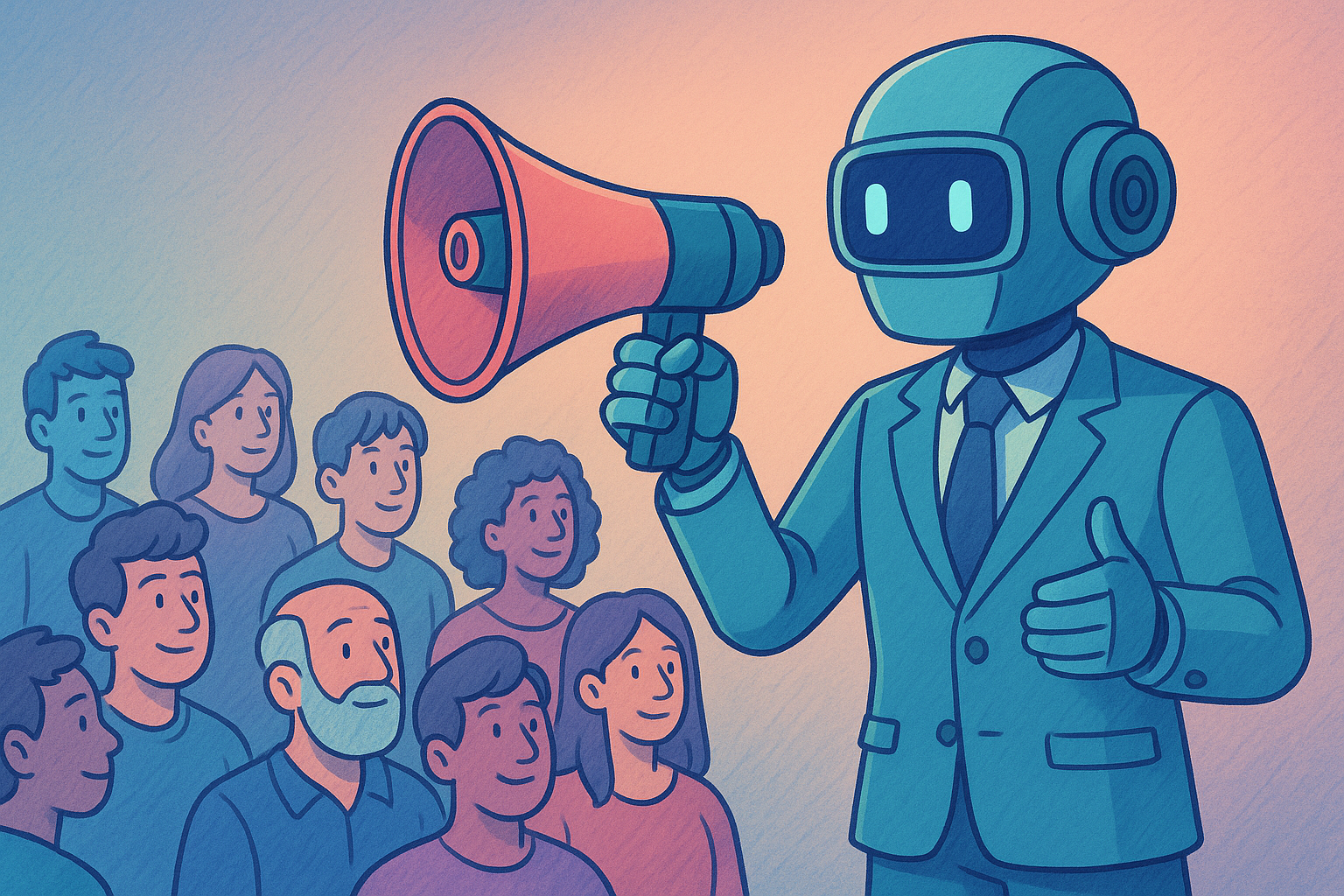What are Augmented Language Models?
Language models enhanced with external knowledge sources, such as embeddings or vector databases, to improve performance in tasks like retrieval and question answering.
More about Augmented Language Models:
Augmented Language Models are enhanced versions of traditional language models that incorporate external knowledge sources or retrieval mechanisms. These models integrate resources like knowledge graphs or vector databases to deliver contextually rich and accurate responses.
Augmentation helps address limitations of standalone language models by enabling them to access real-time or domain-specific information, making them ideal for applications like knowledge retrieval and question answering.
Frequently Asked Questions
Why are augmented language models important?
They improve the factual accuracy and contextual richness of responses by integrating external knowledge sources, such as retrieval augmentation pipelines.
What tasks benefit most from augmented language models?
Tasks like context-aware generation, content personalization, and open-domain question answering benefit greatly from augmented language models.
From the blog

Why Are Chatbots a Great Tool for Strategically Using Marketing Automation and AI?
Discover the synergy between chatbots, marketing automation, and AI. Learn how tools like SiteSpeakAI are revolutionizing the way businesses engage with customers and streamline marketing efforts.

Herman Schutte
Founder

Custom model training and fine-tuning for GPT-3.5 Turbo
Today OpenAI announced that businesses and developers can now fine-tune GPT-3.5 Turbo using their own data. Find out how you can create a custom tuned model trained on your own data.

Herman Schutte
Founder